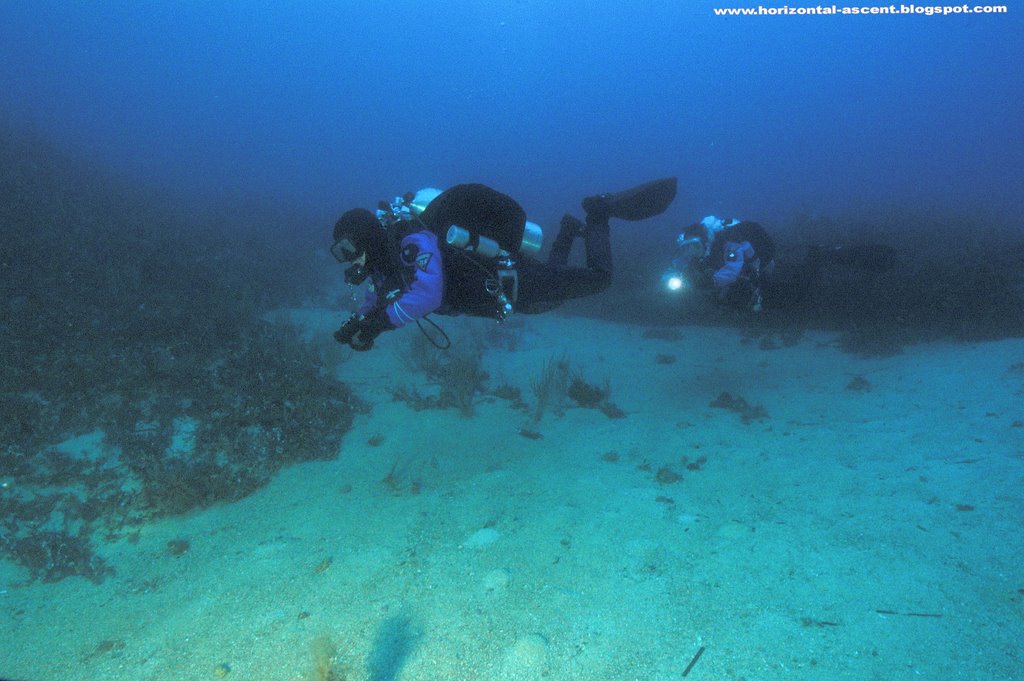
Explanation of the Oxygen Window
by George Irvine
As a dope's explanation of the oxygen window concept for you Marines, the best gas differential would be a vacuum relative to a partial pressure, right? Oxygen is the next best as it creates a similar effect in that the sum of the gas partial pressures is unbalanced by the fact that some of the oxygen is metabolized, more in a fit person. The greater the difference between the oxygen and the other gases up to the max differential described by the metabolism ( maximum window ) , the greater the propensity for whatever is in the cells to come out and be displaced. For a fit person, the widow is wider and by definition so is his vascularity and perfusion, so he decompresses better. These things are all tied together.
You open the widow as wide as possible subject to 1) risk of tox or damage, 2) how long before the vaso constrictive effect offsets the benefit, 3) how long before the asthma like reaction sets in. You then alternate the process back to open up the vessels and lungs again, and repeat. All part of a good deco. Also it can be said that the sum of the inert gases is the other side of the oxygen window minus the metabolism drop of oxygen- there is no benefit to combining inerts - they act like one gas. Oxygen can be pushed to above its partial pressure effectiveness as a result of this imbalance for a "window" that then exceeds what would be the net effect of the partial pressures of the gases, and this is especially important in diminishing bubbles of inert gas as the pressure of the bubble can always be faced with a negative gradient or "tension" on the outside due to the fact that metabolized oxygen is creating a "vacuum" in the total sum of the partial pressures of the gases, leaving a consistent imbalance between bubble pressure and surrounding tension of any given inert.
This is why oxygen (pure, not 80/20) works so well in DCS cases after the fact to reduce bubbles, as well as the fact that saturation with oxygen tends to move that gas to where it is needed even if the vessels are blocked by damage.
Articolo tratto da © 1998-2006 GUE.COM
Foto: Claudio Provenzani


Nessun commento:
Posta un commento